My University Courses Part 1: Earth Dynamics (2016)
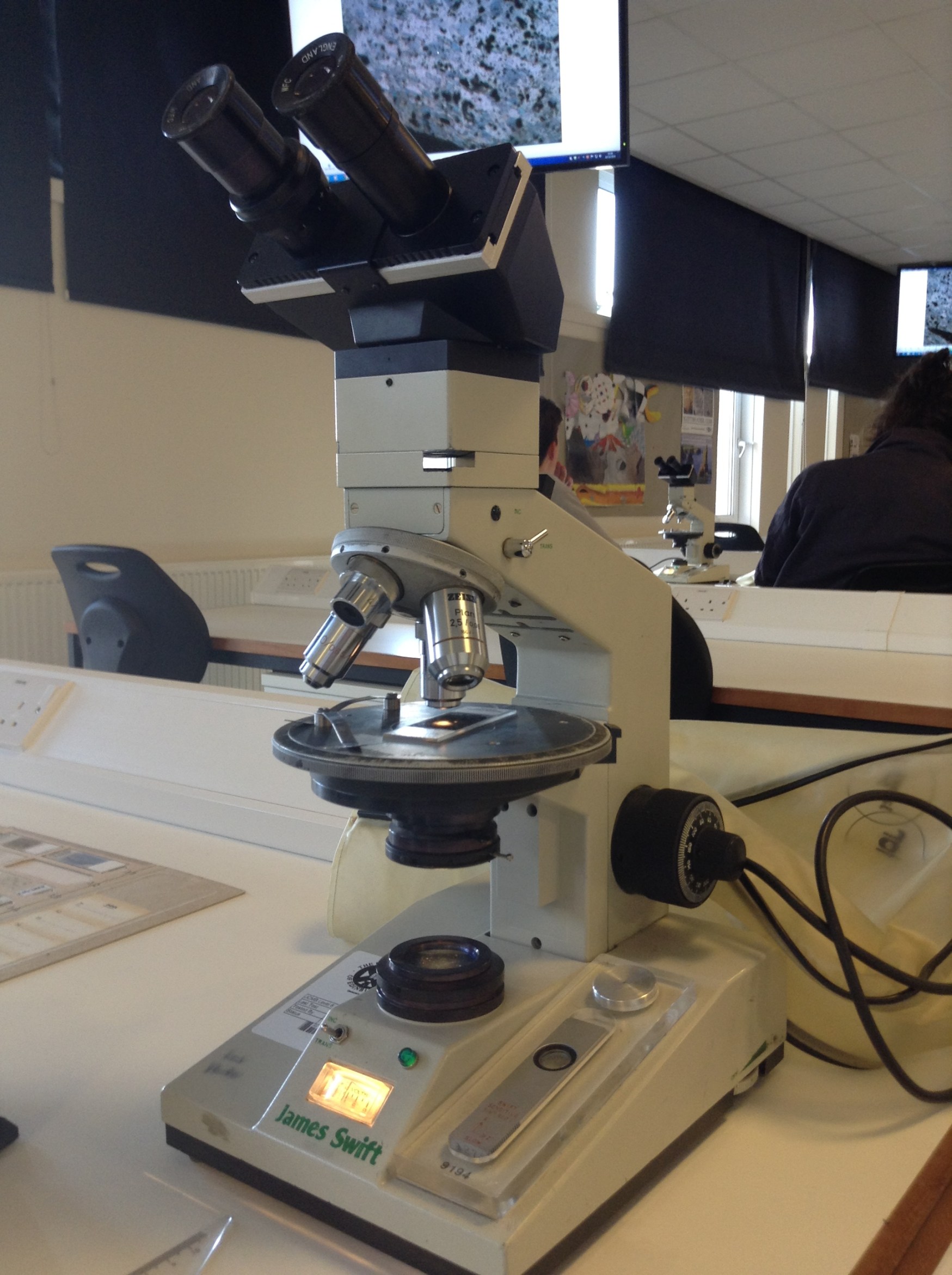
Earth Dynamics
This is a great introductory course for general Geology. It introduces you to most of the general ideas and sub-subjects that are important such as Plate Tectonics, Earth Physics (Basically Seismology), Petrology, Field Trip Techniques, Specimen description, specimen classification and countless more. Earth Dynamics is a great Earth Science course that combined with ELE lays a good foundation to understand how the planet Earth works.
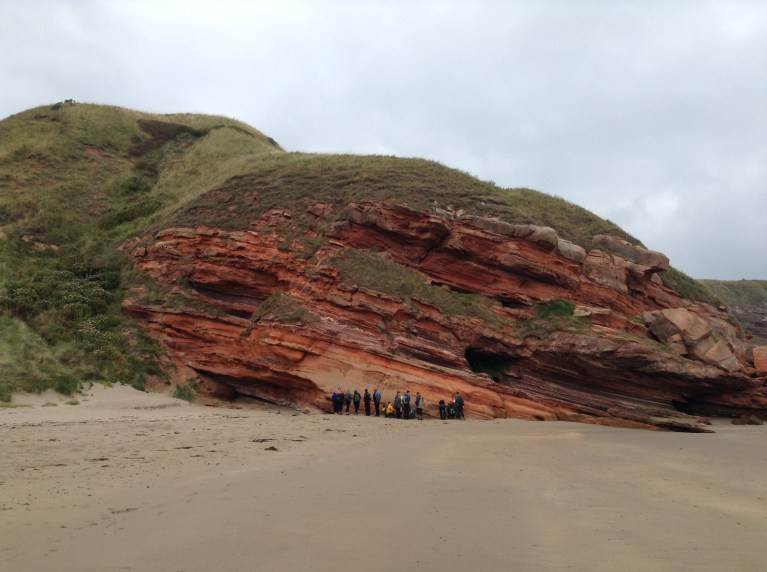
Field-trip to Pease Bay
I would break the course down into three parts: Lectures, Laboratory work and Field-trips.
The Lectures:
I found the lectures engaging and wide ranging. They provided a taster of each sub discipline while introducing us to the different lecturers of the department. Each lecture was well planned with PowerPoints rich in presentation, videos and information. The lectures were well linked with the lab practicals and the field trips allowing us to link the material together. I would like to give a shout out to Dr Linda Kirstein who organized the course and whose lectures I personally personally enjoyed the most.
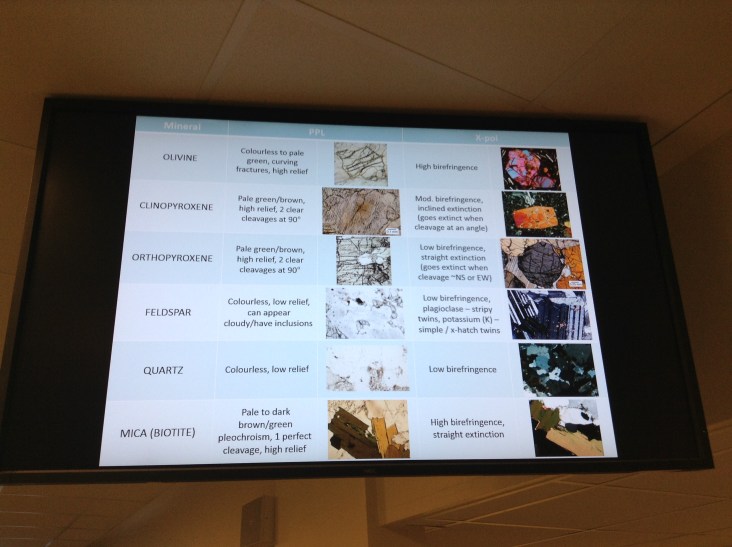
One of the lecture slides
The Laboratory Work:
The lab work was the crown jewel of the course. It allowed us to work with authentic specimens and prove chemical and physical concepts in the lab. They allowed us to play around with the petrological microscopes, providing us with a glimpse into the microscopic world of rocks. So all around, I only have pure praise towards the lab work part of the course.
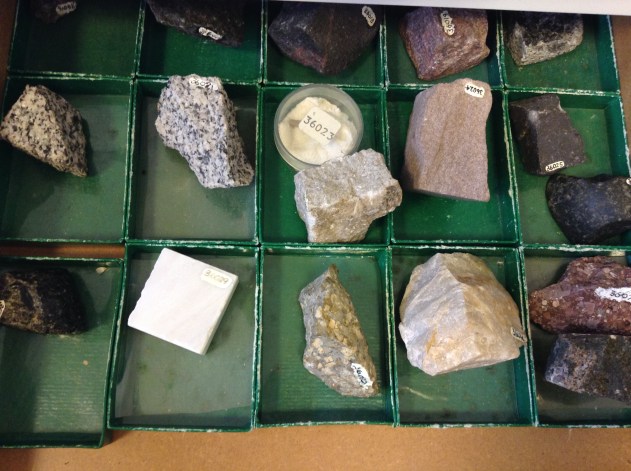
Hand Specimens from the Labs
At the beginning of the semester we learnt about the general makeup of the crust and measured the density of minerals representing the main sections. We started to look at a wide variety of different hand specimens. We learnt about sketching techniques and how to describe/analyse them scientifically. In the middle of the semester we moved onto thin-sections and the Petrological Microscope. We studied the thin sections of the 3 main rock groups: igneous, sedimentary and metamorphic. Our task was to link some of them to the field trips and sketch them in PPL and XPL light providing general information such as birefringence, type of fractures on the crystals, shape of the crystals and many more defining qualities. After spending a great deal of time with rock specimens we moved onto Seismology and how it is related to faulting. We learnt a great deal about Earthquakes and faulting. In the lab we studied real examples as we looked at rock specimens that were faulted or were from fault zones. At the end of the semester we linked everything together allowing us to understand how our planet acts as a single unit where one force influences the other.

Rock Samples on the worktop
Field-trips:
At last but not at least the field trips. They were okay, not as exciting as the lecturers sold it to us but they were very educational providing us with great base knowledge. We visited 3 localities with the course: Pease Bay, Siccar Point and Arthur’s Seat. In Pease Bay we looked at sedimentary deposition, sedimentary formations and cross bedding. The supervisors showed us how to use our geological kit effectively and keep a proper field notebook. At Siccar Point we visited Hutton’s Unconformity learning about marine deposition such as turbidity currents and looked at the effects of light metamorphism. At Arthur’s Seat our main goal was to study volcanism, igneous deposition and volcanic dykes. The Arthur’s Seat trip was the best out of all 3 as I was not rushed all. The trip allowed me to appreciate the vastness of the geological forces and see the depth of geological time. While Geology is a hard natural science, where empiricism is extremely important many lecturers fail to sprinkle a bit of romanticism into the subject. For instance in the field trip it was mentioned that Arthur’s Seat erupted at the equator and moved up to Scotland. That was it, dry and cold. I think the lecturer should have pointed out how wonderful it is that we witnessed nature literary move a volcano half the planet demolishing mighty mountains, opening and closing oceans. How a long time ago the place we stand at might have been a beautiful tropical beach with palm trees and blue oceans and how by just giving a bit of time plus the raw laws of the universe we are standing in the cold rain, in the Temperate Zone in a middle of a city named Edinburgh staring back into the vastness of time. Outside of being rushed the through the field trips the localities were great, well-chosen with good memorable sites.
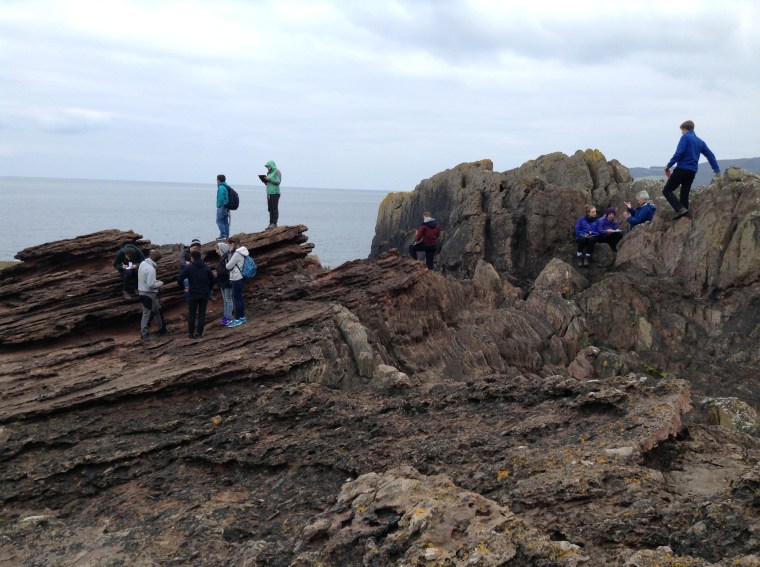
The Siccar Point trip
Overall I enjoyed this course. Great lecturers, great topics and useful ideas.




Recent comments